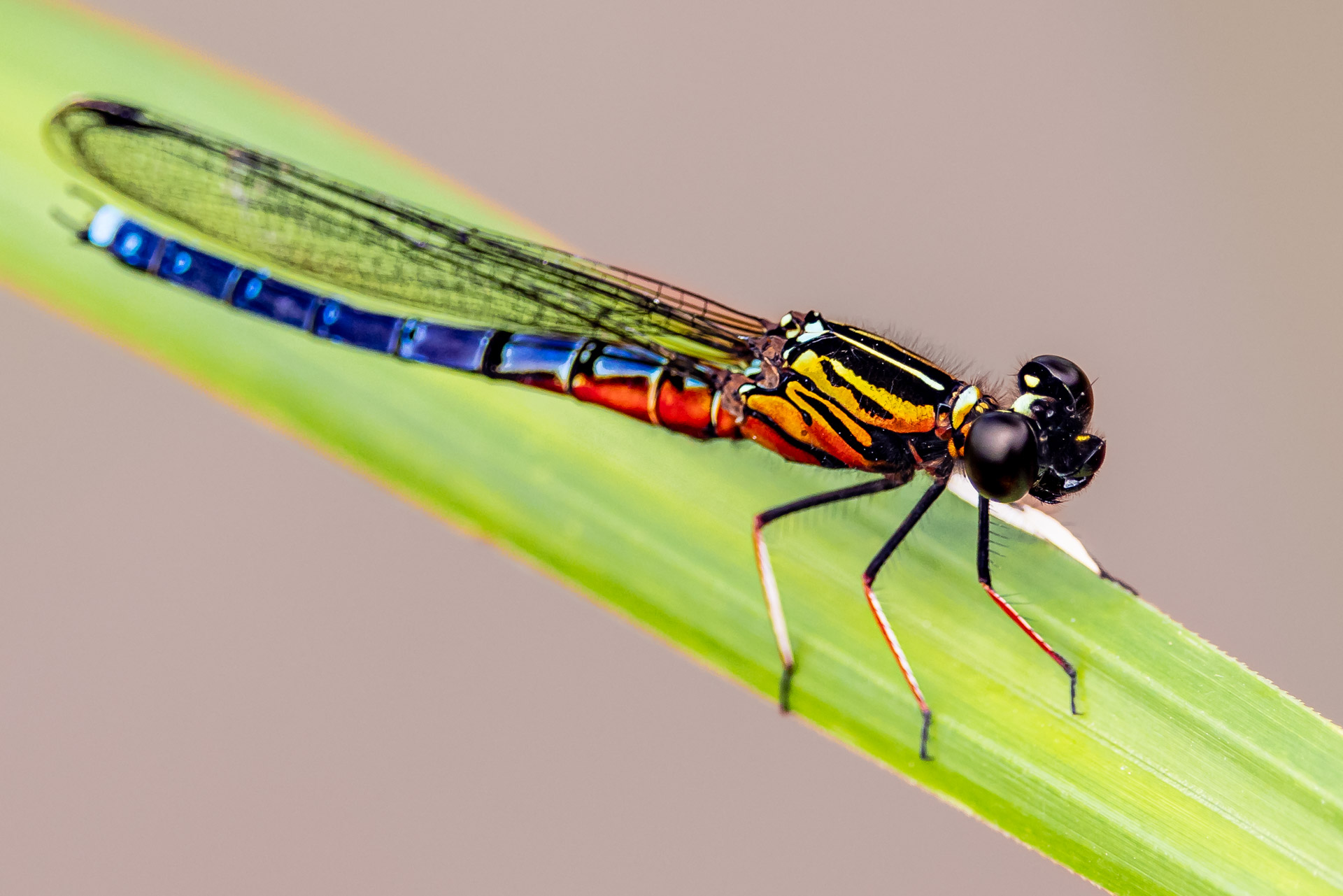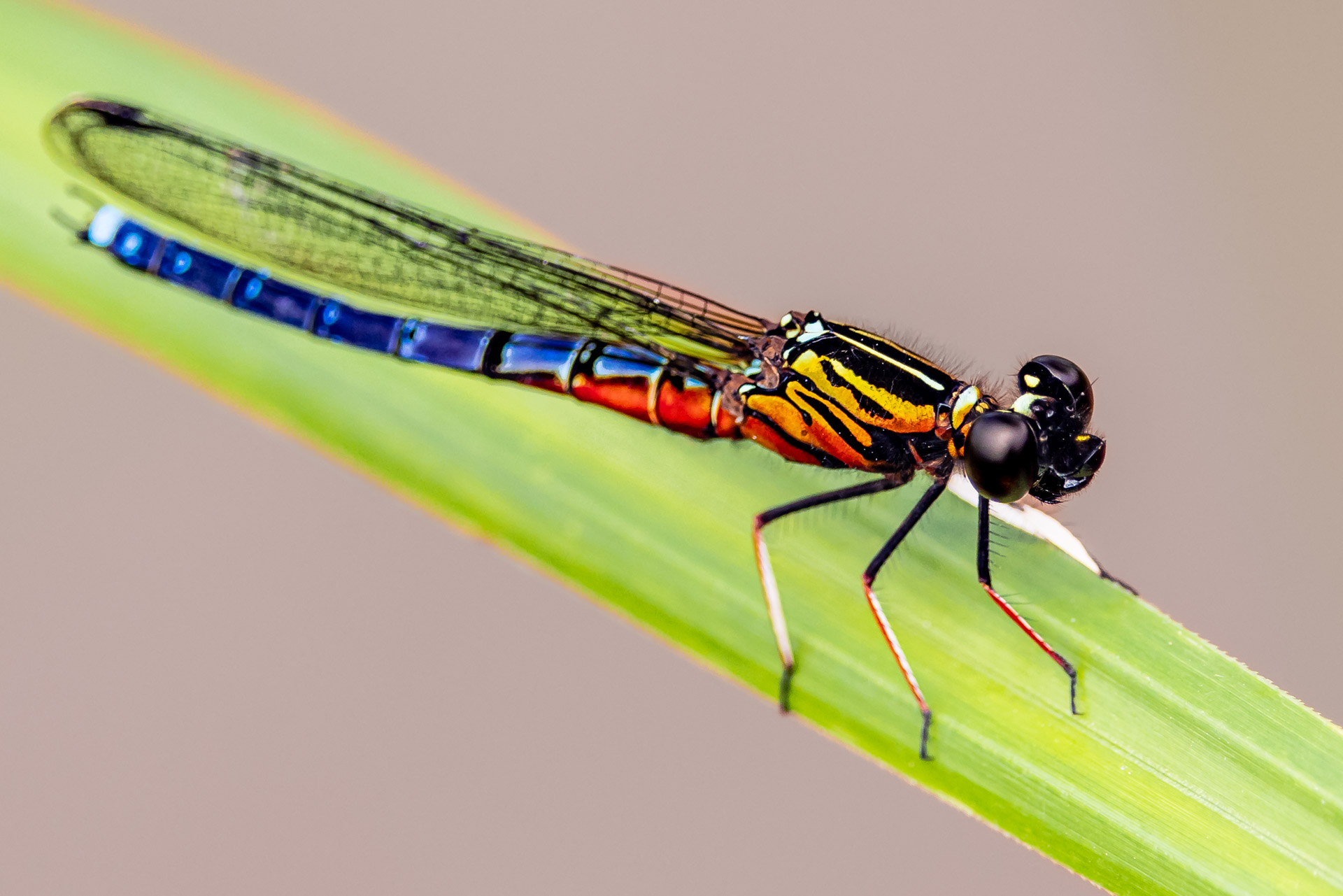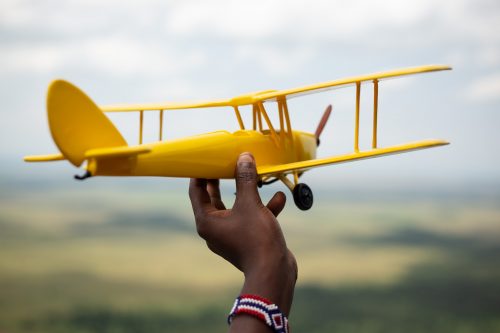
This week I was fortunate to spend some time in Kimana Sanctuary, home to Angama Amboseli. One element that makes this place so special is that the mountain weaves in and out of the fabric of the landscape. Towering far above anything in Africa, the mountain dramatically appears at certain times of the day. It feels as though the peaks, named Kibo and Mawenzi, are characters in this epic tale of nature. With the recent rains, the stream flowing through here is loud, yet brings a sound of peace and serenity and there has been a full-on transformation of the local flora.
Perhaps the most famous of the animals that are constantly moving through the plains are the giant and majestic bull elephants. On my first drive in the park, I came across Ganesh, one of the oldest elephants in the area, with two other younger bulls. This 63-year-old male is easily distinguished from the rest as he only has a single tusk. Each wrinkle on this elephant tells a story of a battle with time. Elephants are identified in different ways, one of which is the notches on their ears, similar to identifying lions. If you look behind an elephant's ear you will see an intricate tree-like pattern of blood vessels. When the elephant flaps its ears it cools down the temperature of the blood by almost 10 degrees Celsius.
Moving from one of the biggest to one of the smallest, the leopard tortoise is part of what is known as the 'Small Five'. Tortoises seem to exist on a different plane than other species as they can live for over 100 years. Like a tree, you can tell how old a tortoise is by counting the total number of concentric rings on each scute (plate) of the shell. The wider rings represent periods of good growth while the narrower ones represent slower growth. Each pair of rings is one year — if you divide the number of rings by two this will give you an estimate of how old the animal is.
If you look closely, while in Kimana, you are treated to a world of colourful insects. My favourite are the dragonflies which are ecologically significant as they reduce other insect populations — particularly mosquitoes. They are also valuable indicators of a healthy ecosystem because their presence implies the presence of fresh water; they are usually seen along the reeds on the banks of the stream.

While sitting in the Photographic Studio, I had an unexpected visitor as a bird came flying through the front door towards the window. Before finding its way back outside, I had a few moments to quickly grab my camera and snap a few pictures. It gently spread its wings and posed for a photo in the light of the window. Then, as abruptly as it flew in it was back outside. The bird was identified as an African grey woodpecker; they are often seen just outside the Studios and Guest Area. It uses its sharp, strong beak to drum on trees.
Kimana Sanctuary, just below the roof of Africa, has a peace that is hard to put into words, as both sunrise and sunset are visible here without any restrictions on when guests traverse. In the land of giants, Kilimanjaro is more than just a mountain, it is a poem etched in stone that gives testament to the enduring power of nature. –Andrew Andrawes
As dawn breaks over the Maasai Mara, a tapestry of clouds blanket the sky, holding remnants of the previous night’s gentle downpour. These clouds add a touch of drama to the transformation below, casting dynamic shadows across the landscape. When the animals emerge from their shelters in the morning, they leave subtle traces of their nocturnal activities.
Elephants are the largest living land mammals and their trunks are incredibly versatile, helping them to get to hard-to-reach food. This week, we spotted a bull that was determined to get leaves from the top of a tree. Stretching high up to the top, we expected his front legs to lift to give him more height but perhaps his body mass was a bit too heavy for that.
Elephant calves take a while to get the hang of their trunks and these little ones are often known for their big attitudes and eager natures; a few embarrassing twirls do nothing to put them off trying again (and again). Angama Guide, Jeremy, came across a very sassy little calf who was still trying to master his.
Jeremy was also lucky enough to witness one of the most remarkable sightings — a rock python trying to swallow an impala in a swamp. The poor impala probably wanted to quench its thirst but was rather met with an untimely kiss of death. The python coiled around its victim but faced the unique challenge of swallowing the impala's horns along with its body, a spectacle that was both captivating and unusual.
The fierce Angama lioness struck again this week, this time the victim was not the usual zebra but rather an impala. She enjoyed the meal with her two cubs and after they had enough they headed to a nearby lugga (drainage line) for a drink of water. Every time we see this mother and her cubs we breathe a sigh of relief that their future is looking brighter. –Joseph Njenga
Filed under: This Week at Angama
Subscribe for Weekly Stories
Comments (2):
22 January 2024
Would this lioness happen to be Amara from the mash breakaway pride ? What is her story ? Planning a trip , what prides / areas would we see ? I’ve ready the weekly updates each week since I learned of them. Thank you ! I look forward to this each Sunday.

Out of Africa